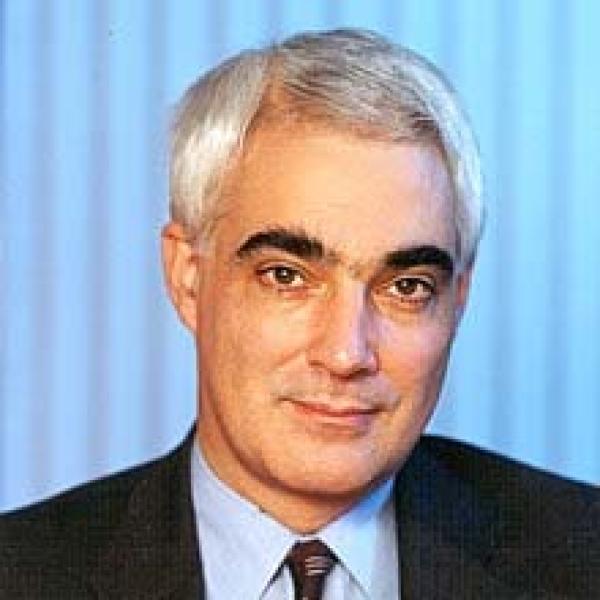IFS analysis released today reveals a dramatic fall in public investment over the past 25 years. Public investment was 8.9% of national income in 1975 but just 1.7% in 2000:
- The downward trend dates from the mid-1970s and continued through both the 1979-97 Conservative Governments and the early years of the new Labour administration - in 1999 public investment hit a new post-war low.
- Over 1987-92 the decline was checked, and investment in most public services increased, but a new decline got underway in 1993, so that a record low was reached in 1999.
Figure: Gross public sector investment as a proportion of national income

Private Finance Initiative (PFI) investment in public services remains small relative to total public investment and so does not change the story dramatically. Report author Sarah Love said: "Even if PFI capital expenditure is counted as public spending, the public investment rates seen over the years 1997 to 2000 remain lower than at any time since the Second World War."
The decline in investment since the 1970s seen in the figure can be split into three elements:
- Privatisation, which saw public investment replaced by private activity, most clearly in the utilities.
- The scaling back of council housing - housing investment alone fell by 2% of GDP. In 1976 councils completed over 100 times more homes than in 1998. Private investment should have picked up much of the slack, but the supply of low-cost housing is likely to have been reduced by the cuts.
- Public services: cuts in these explain much of the overall decline in capital spending over the 1990s. Reduced investment in this area is the most worrying, as private companies are least likely to step in and fill the gap.
Different public services have fared differently since the 1970s:
- Investment in health held steady over the 1980s and in 1992 was at a rate equal to its post-war peak. But between 1992 and 2000, it halved from around 0.4% GDP to around 0.2% of GDP, even if PFI spending is included for 2000. Government plans mean that over the next few years total state-sponsored health investment (including PFI) should return to 0.3% of GDP, a level of investment last seen in 1995.
- Education investment fell sharply - from over 0.7% of GDP in 1973 to less than 0.2% of GDP by 1982. It has never significantly recovered, remaining below 0.25% of GDP over the rest of the 1980s or 1990s. It has increased slightly in the last few years, and, once allowance is made for various technicalities, it is now higher than at any point during the 1990s.
- Capital spending on public order & safety is unusual - it trended upwards during the 1980s and 1990s, rising particularly rapidly in the late 1980s, when it roughly doubled from around 0.1% of GDP to almost 0.2% of GDP. It fell back a little, along with public service investment generally over the rest of the 1990s, but in 2000 remained at a rate that is double that of 1979.
- Road investment fell sharply over the 1970s, but held steady over the 1980s and early 1990s. But during the later 1990s it fell by a half - from 0.8% of GDP in 1992/93 to 0.4% of GDP in 2000/01. By contrast capital spending on rail seems to have increased in the late 1980s, and even though it has fallen back since, it remains higher than in the mid-1980s.
Looking forward, the Government plans to increase public investment over the next few years, but its plans would leave investment rates far lower than twenty years ago, and will probably remain below even early 1990s rates. Report author Tom Clark said: "If both PFI and public investment spending grow in line with current projections, then by 2003-04 total publicly-sponsored investment might have recovered to its 1989 rate, but would probably remain below the level seen in 1992. Current plans to increase public investment will only prove to be a turning point in the long-term trend if they are sustained and expanded on in future years."
| Ends |
- For more information see IFS Briefing Note no. 20, 25 years of falling investment? Trends in capital spending on public services, by Tom Clark, Mike Elsby and Sarah Love.
- For advance copies, contact our press officer, Emma Hyman
- Data displayed in the figure is from the Office for National Statistics.
- Research financed by the ESRC Centre for Microeconomic Analysis of Public Policy at IFS (grant number M535255111).








